Early in 1878, the smouldering crisis in Anglo-Russian affairs came very close to conflagration. In the emergency, Britain was obliged to act swiftly to provide defences for coaling stations and other major ports around the world. Batteries were mounted to defend Victoria and Esquimalt, and a militia unit was raised to man the guns, through the co-operative action of authorities in London, Ottawa, Victoria and Esquimalt. When the works were completed, the long-term planning of permanent defences was resumed.
Thus the first coast defence batteries were created and manned. The locations, fields, ranges of fire and specific battery information is shown on the scaled drawing below, which was signed by Lieutenant Colonel D.T. Irwin, Royal Artillery, Inspector of Artillery, Dominion of Canada.
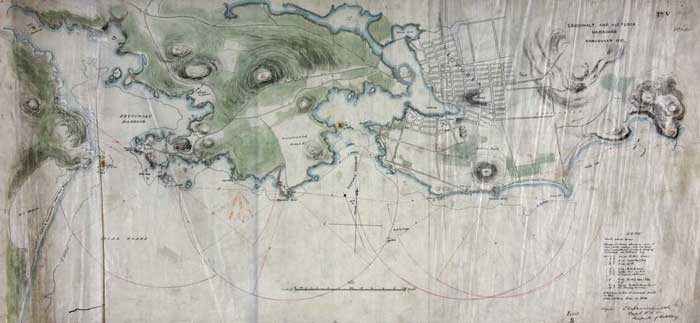
Number six of six drawings covering the first defences for Victoria and Esquimalt harbours in 1879.
Image courtesy of the National Archives, UK.
The first firing was from a 7-inch gun at Macaulay Point on July 26, 1878 by the Victoria Battery of Garrison Artillery, just recently gazetted on July 20, 1878.
The following advertisement appeared in Victoria’s Daily British Colonist on Sunday 17 February, 1878:
PERSONS DESIROUS OF ENROLLING themselves as a Volunteer Artillery Corps, are urgently requested to report themselves personally to the Deputy Adjutant General of Militia at the Drill Shed, between the hours of 12 m. and 2 p.m. on Monday next the 18th instant.
The batteries consisted of:
Finlayson Point
Two 64-pounders 71-CWT RML converted on wooden carriages and slides, naval pattern.
Victoria Point
One 64-pounder RML 64-CWT naval pattern on wooden carriage and slide, front pivoted. One 64-pounder RML converted 71-CWT on common wood truck carriage. A commemorative cairn resides at the location of the battery.
Macaulay Point
Three 7-inch RML 6 ½-ton on wrought-iron naval carriages and slides. This site was enlarged in 1893 and houses the Fort Macaulay structures you can see today within Macaulay Point Park.
Brother’s Island
8-inch RML 9 ton on wrought-iron naval carriage and slide. Two 64-pounder RML 64-CWT on common wood truck carriages. This site was abandoned in 1893 and has no current public access. It was previously called Deadman’s Island and was a final resting place for deceased Royal Navy personnel prior to 1887.
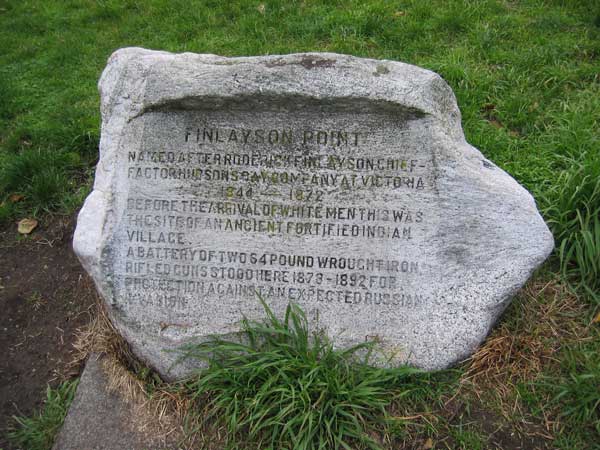
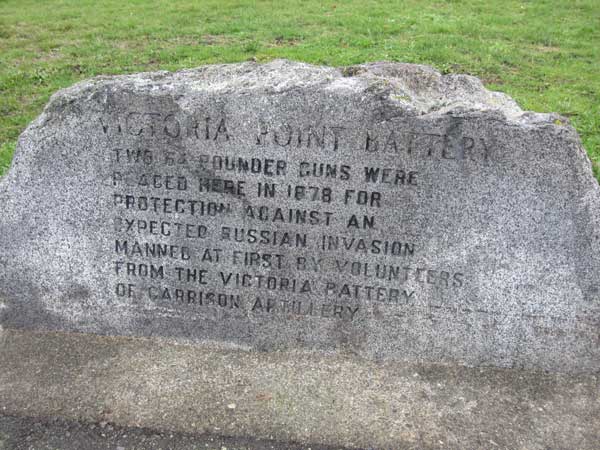
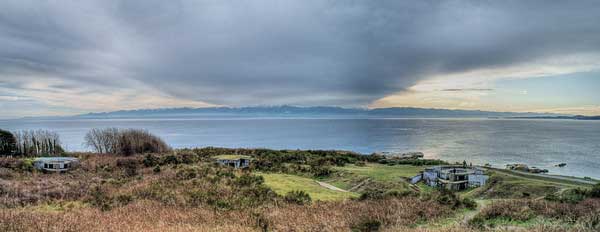
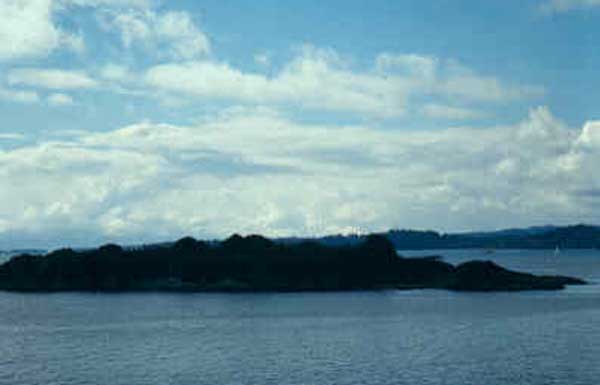
 CFB Esquimalt Naval and Military Museum
CFB Esquimalt Naval and Military Museum CFB Esquimalt Naval and Military Museum
CFB Esquimalt Naval and Military Museum CFB Esquimalt Naval and Military Museum
CFB Esquimalt Naval and Military Museum CFB Esquimalt Naval and Military Museum
CFB Esquimalt Naval and Military Museum CFB Esquimalt Naval and Military Museum
CFB Esquimalt Naval and Military Museum CFB Esquimalt Naval and Military Museum
CFB Esquimalt Naval and Military Museum CFB Esquimalt Naval and Military Museum
CFB Esquimalt Naval and Military Museum CFB Esquimalt Naval and Military Museum
CFB Esquimalt Naval and Military Museum CFB Esquimalt Naval and Military Museum
CFB Esquimalt Naval and Military Museum CFB Esquimalt Naval and Military Museum
CFB Esquimalt Naval and Military Museum CFB Esquimalt Naval and Military Museum
CFB Esquimalt Naval and Military Museum CFB Esquimalt Naval and Military Museum
CFB Esquimalt Naval and Military Museum CFB Esquimalt Naval and Military Museum
CFB Esquimalt Naval and Military Museum CFB Esquimalt Naval and Military Museum
CFB Esquimalt Naval and Military Museum